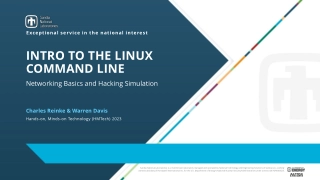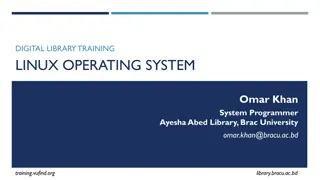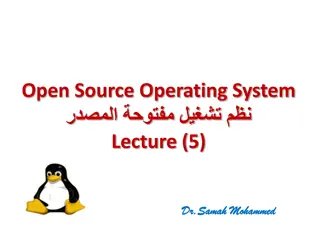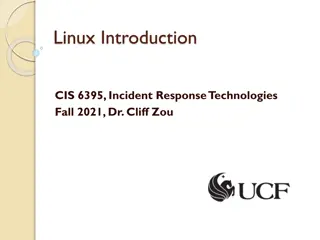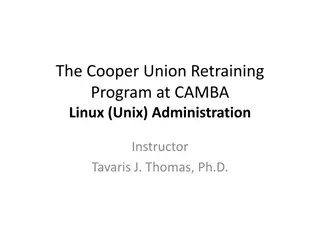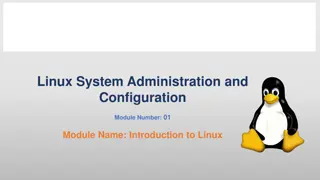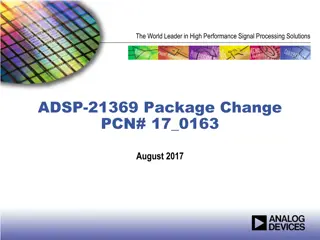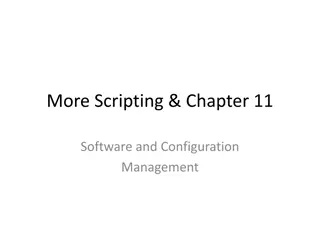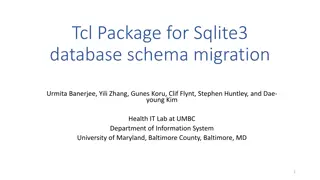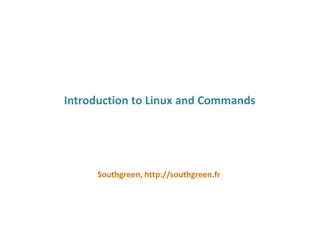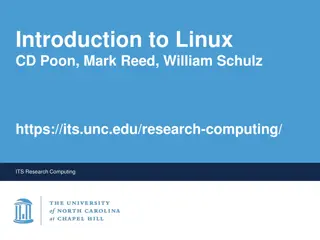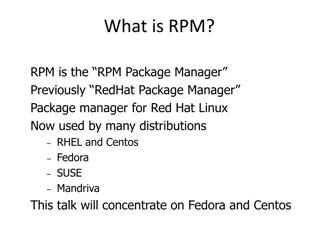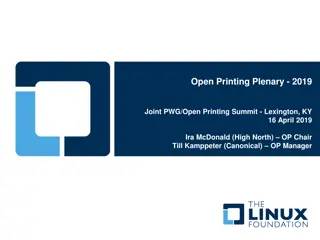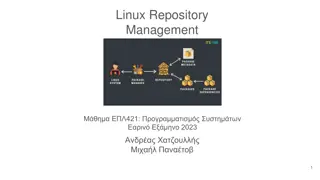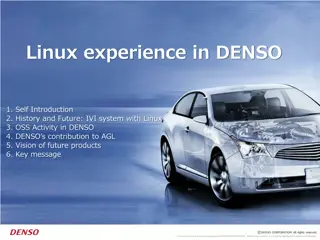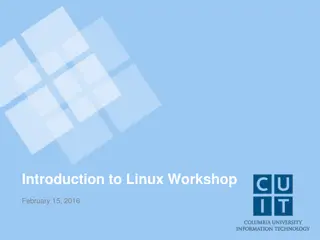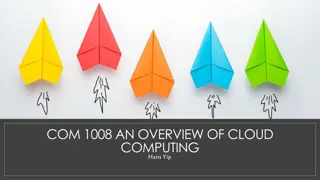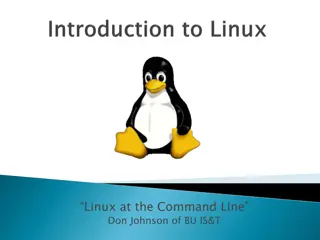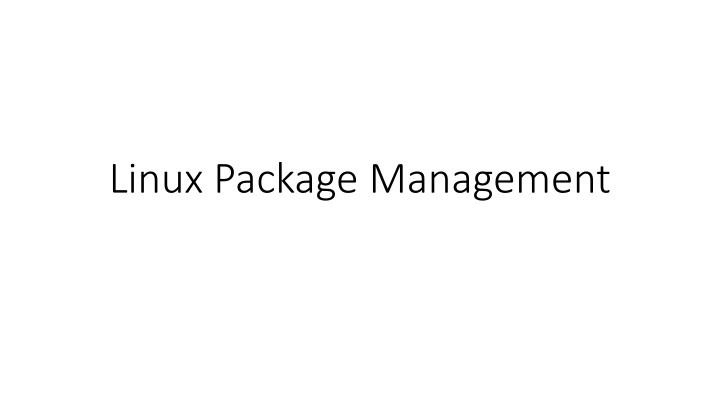
Enhancing Software Management on Linux Systems
"Discover the importance of package management on Linux systems, from avoiding manual dependencies handling to ensuring system stability. Learn about package downloading, dependency resolution, and common installation practices."
Download Presentation

Please find below an Image/Link to download the presentation.
The content on the website is provided AS IS for your information and personal use only. It may not be sold, licensed, or shared on other websites without obtaining consent from the author. If you encounter any issues during the download, it is possible that the publisher has removed the file from their server.
You are allowed to download the files provided on this website for personal or commercial use, subject to the condition that they are used lawfully. All files are the property of their respective owners.
The content on the website is provided AS IS for your information and personal use only. It may not be sold, licensed, or shared on other websites without obtaining consent from the author.
E N D
Presentation Transcript
Without package management Without package management, users must ensure that all of the required dependencies for a piece of software are installed and up to date, compile the software from the source code (which takes time and introduces compiler-based variances from system to system), and manage configuration for each piece of software. Additionally, without package management, application files are located in the (hopefully) standard locations for the system to which the developer(s) are accustomed, regardless of what system you re using. In short, this becomes an utter mess.
Features Package downloading: operating system projects provide repositories of packages which allow users to download their packages from a single, cryptographically-trusted provider. Dependency resolution: packages contain meta-data which provides information about what other packages are required by the package in question. A standard binary package format: packages are prepared in a uniform way across the system in order to make installation easier and more coherent.
Features cont Common installation and configuration locations: System developers often have conventions for how applications are configured and the layout of files in the /etc/ and /etc/init.d/ directories; by using packages, systems are able to enforce this conformity. Additional system-related configuration and functionality: Occasionally, operating system developers will develop patches and helper scripts for their software which get distributed in the packages. Quality control. Operating system developers use the packaging process to test and ensure that the software is stable and free of bugs that might encroach upon product quality, and that the software doesn t cause the system to become unstable.
For newcomers, the easiest level to work at is the GUI Package Tool That is what we looked at in the first presentation But a GUI is just a front-end for what you can do on the command line The command line is much more powerful
Anything you can do with a GUI you can do on a command line But the command line will let you do more than the GUI will When the GUI has trouble with a package install you will generally need to use the command line to fix the problem These are all administrative tasks, so run them as root or use sudo
While we looked at three GUI tools in the previous presentation, here we will only look at two sets of command line tool They are YUM (and RPM) and APT (and DPKG) They work with RPM and Debian packages respectively There are others, but once you learn the basic principles you can pick up the others pretty easily should you need to
RPM RPM stands for Red Hat Package Manager Red Hat is the major distro for corporate and server center environments Many major distros have adopted RPM as well: OpenSUSE, Mandriva, etc. RPM can be run by itself from the command line, or you can use an intermediate tool like YUM (Yellowdog Updater, Modified)
Yum Yum is an automatic updater and package installer/remover for rpm systems. It automatically computes dependencies and figures out what things should occur to install packages. It makes it easier to maintain groups of machines without having to manually update each one using rpm. http://yum.baseurl.org/
APT The other major package management system is APT (Advanced Package Tool), which is used in Debian and related distros (Ubuntu being a major one here) This works a lot like yum, which is not surprising since they are doing the same things
APT Just as with YUM, you need to maintain your repository information when using APT This is kept in a file /etc/apt/sources.list Here, each repo has a line in this single file For example, here is the main Debian repo deb http://http.us.debian.org/debianstable main contrib non-free
Repositories Repositories These are online collections of software packages that you can download and install You will have the best results using repositories that are designed for your distro These can be created by the distro itself, or by third-parties (e.g. Miro) Adding a repository is easiest with the GUI front-ends because they do so much of it for you But you can add one if you know how to use a text editor

